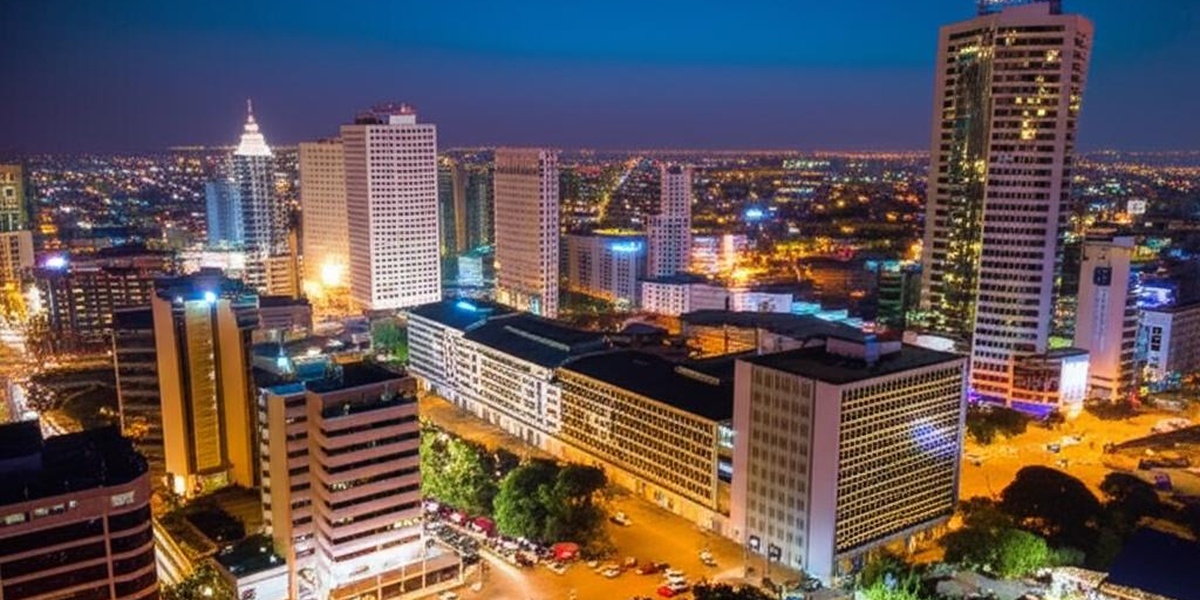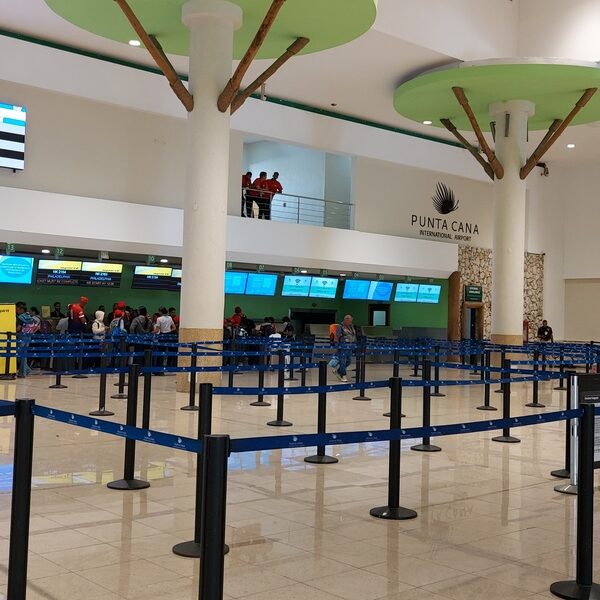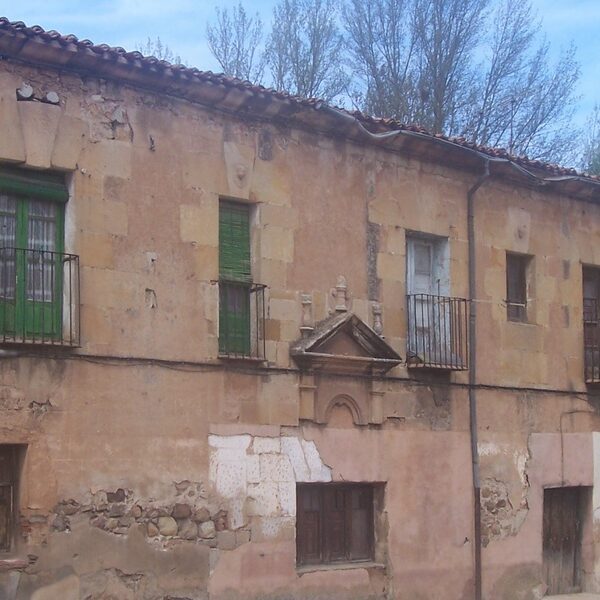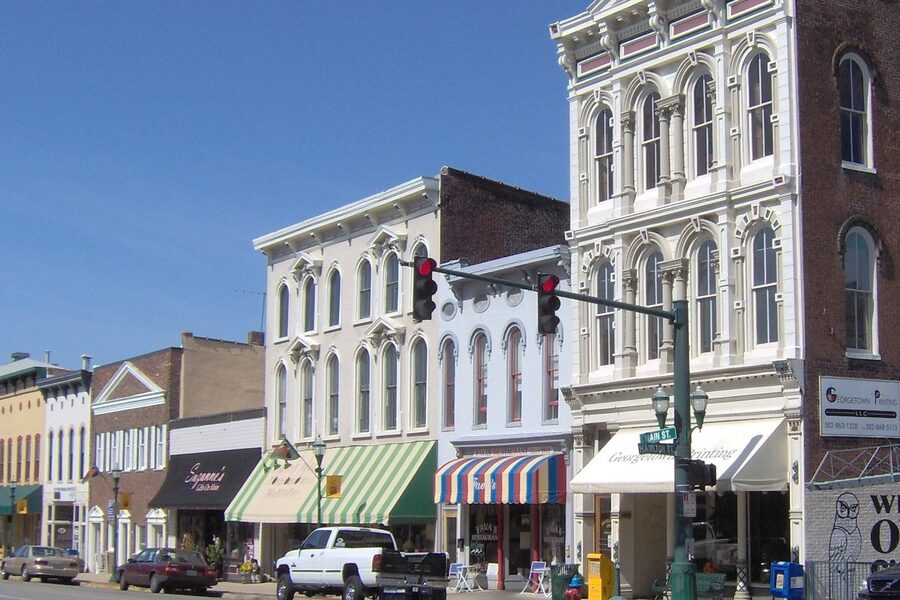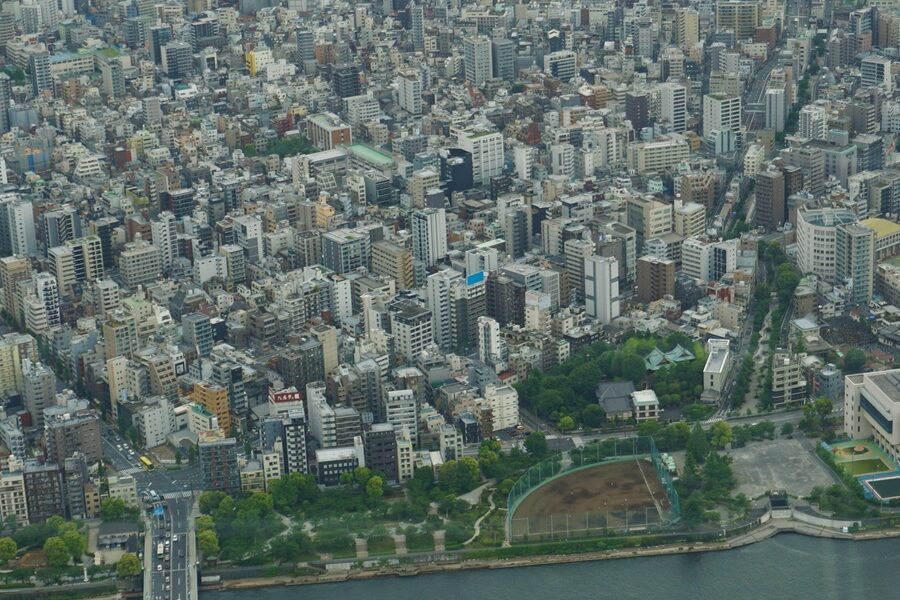Sudan’s urban landscape mixes long-standing trade centers, agricultural market towns and growing commercial hubs, each shaping local prosperity in different ways. Regional resources, river access and industry all influence which cities lead economically.
There are 10 Richest Cities in Sudan, ranging from Atbara to Wad Madani. Data are organized as Country,Population (people),GDP per capita (USD) and presented for quick comparison — you’ll find below.
How is “richest” determined for these cities?
We rank cities using available measures of average economic output, primarily GDP per capita adjusted for city population, while noting that local informal economies and data gaps can affect precision; the Population and GDP per capita columns help give a balanced view.
Could the list change soon and why?
Yes — rankings can shift with commodity prices, infrastructure projects, migration and political or climatic events; consult the dates and sources for each city’s figures to see how recent changes might affect their positions.
Richest Cities in Sudan
| City | Country | Population (people) | GDP per capita (USD) |
|---|---|---|---|
| Khartoum | Sudan | 1,300,000 | 3,200 |
| Omdurman | Sudan | 2,200,000 | 1,800 |
| Khartoum North | Sudan | 1,000,000 | 1,700 |
| Port Sudan | Sudan | 500,000 | 1,900 |
| Wad Madani | Sudan | 400,000 | 1,500 |
| El Obeid | Sudan | 350,000 | 1,300 |
| Nyala | Sudan | 600,000 | 1,200 |
| Kassala | Sudan | 350,000 | 1,200 |
| Kosti | Sudan | 270,000 | 1,100 |
| Atbara | Sudan | 200,000 | 1,000 |
Images and Descriptions
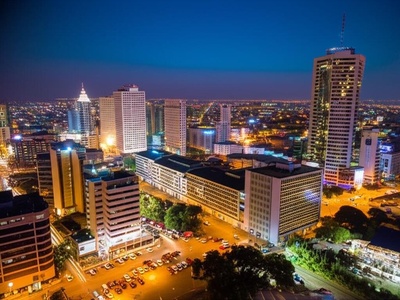
Khartoum
Sudan’s political and financial capital with the highest concentration of banks, government offices, and corporate headquarters. Dominates night-time lights, property prices and registered firms; per-capita income far above national average. City-proper figures vary across sources.
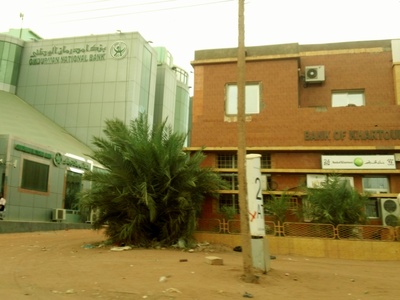
Omdurman
Historic commercial hub on the Nile with large markets, light manufacturing and transport services. High household consumption and dense urban population support relatively higher incomes and firm counts. Metro overlap with Khartoum complicates pure city-proper comparisons.
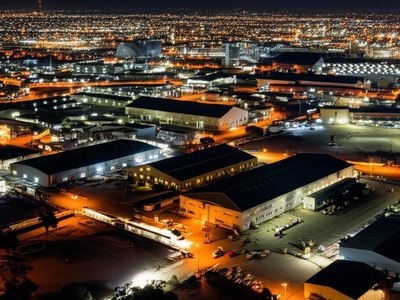
Khartoum North
Industrial and logistics center north of the Blue Nile; heavy industry, wholesale trade and transport firms concentrate here. Night-time lights and registered firms indicate higher local wealth, though administrative boundaries blur with neighboring cities.
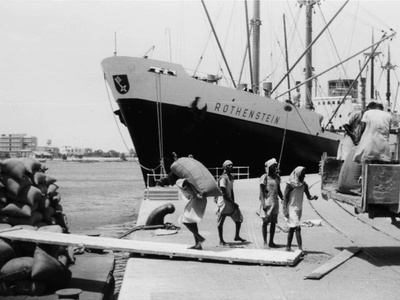
Port Sudan
Sudan’s main Red Sea port and trade gateway; port revenues, shipping services, fisheries and export activity boost local incomes. Property prices and night-time lights exceed many inland cities, but trade volatility creates strong year-to-year swings.
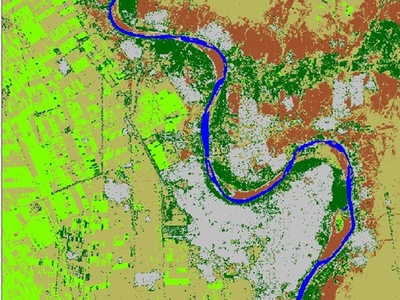
Wad Madani
Heart of the Gezira agricultural scheme with agro-processing, textile mills and river transport; higher household incomes in irrigated zones support stronger consumption and firms. Wealth indicators vary seasonally and city-proper data are limited.

El Obeid
Regional commerce and trading center for Kordofan; livestock markets, cotton trade and growing services sector raise local incomes. Night-time lights and registered businesses indicate relative wealth for its region despite limited formal GDP data.

Nyala
Commercial and administrative center of South Darfur with active markets, livestock trade and NGO presence; bank branches and market turnover suggest higher local per-capita wealth among regional cities, though conflict has depressed formal investment.
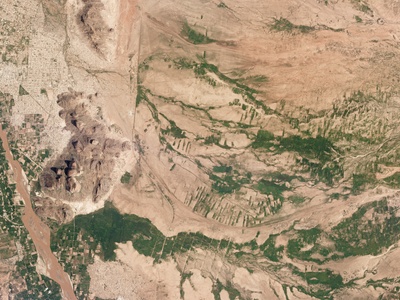
Kassala
Border-trade hub with Eritrea, agricultural production and cross-border commerce driving higher household incomes and property prices. Night-time lights and firm registrations point to regional affluence, though infrastructure constraints limit growth.
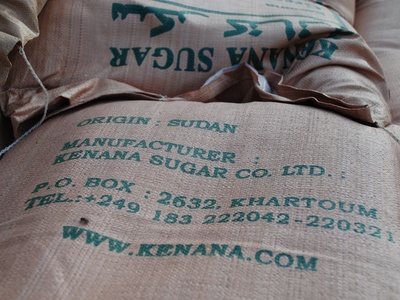
Kosti
Nile transport and cotton-export town with sugar processing and river logistics supporting relatively higher incomes and firm activity. Population and firm data are modest; wealth proxies show Kosti as an important regional economic node.
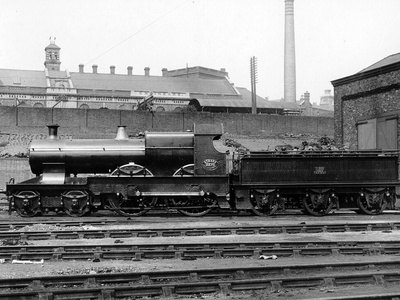
Atbara
Historic railway and commercial town with transport firms, cotton trade and river access; industrial heritage supports above-average firm density and night-time lights compared with surrounding rural areas, though deindustrialization has reduced activity.

